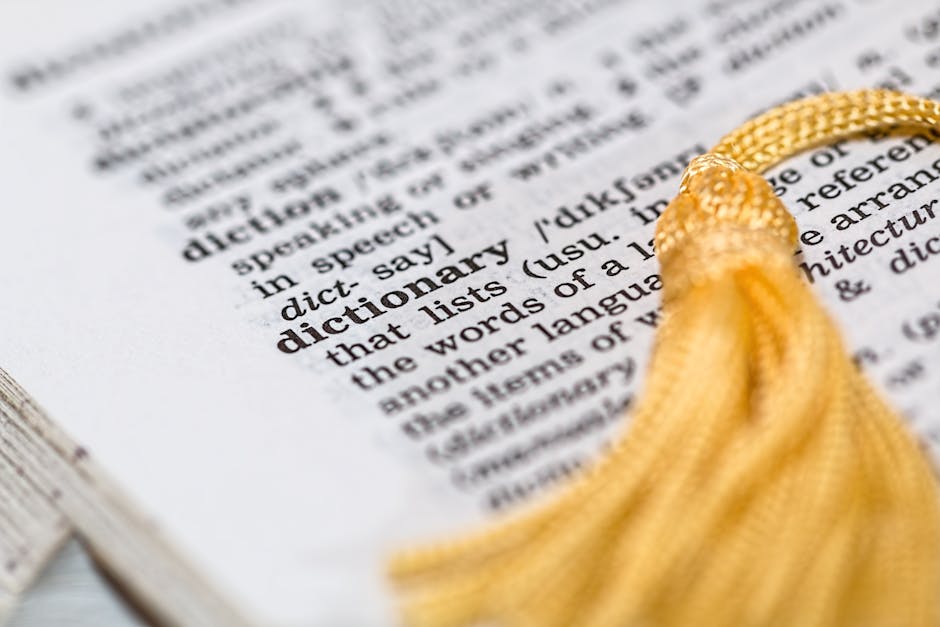DIN Definition: A Comprehensive Guide to German Industrial Standards
The acronym DIN, short for Deutsches Institut für Normung, translates to German Institute for Standardization. It represents a vast system of technical standards used throughout Germany and internationally. Understanding the DIN definition is crucial for anyone involved in manufacturing, engineering, construction, and numerous other industries. This guide provides a thorough exploration of DIN standards, their significance, and their impact on global commerce.
The History of DIN
The origins of DIN trace back to the late 19th century, a period of rapid industrialization in Germany. The need for consistent and standardized technical specifications became apparent as industries expanded and the complexity of products increased. The standardization efforts ultimately led to the formation of the Normenausschuß der deutschen Industrie (NADI) in 1917, which later evolved into the Deutsches Institut für Normung (DIN) in 1975. This evolution reflects the ever-growing importance of standardization in a globalized economy.

Key Milestones in DIN’s Development
- 1917: Formation of NADI, laying the foundation for German standardization.
- 1926: Introduction of the DIN format for paper sizes, a standard still widely used today.
- 1975: Official renaming to Deutsches Institut für Normung (DIN), signifying a broader scope of activities.
- Present Day: DIN continues to develop and maintain a vast library of standards, collaborating internationally to ensure global compatibility and interoperability.
What are DIN Standards?
DIN standards are technical specifications that define requirements, characteristics, or guidelines for products, processes, and services. These standards aim to ensure quality, safety, interoperability, and efficiency. They cover a vast range of industries, from mechanical engineering and electrical engineering to construction, information technology, and environmental protection. The benefits of adhering to DIN standards are numerous and extend to various stakeholders.
Types of DIN Standards
DIN standards encompass a wide spectrum of specifications. Some common types include:
- Product Standards: Specify requirements for the design, manufacture, and performance of specific products.
- Process Standards: Outline procedures and best practices for manufacturing processes and operations.
- Material Standards: Define the properties and characteristics of materials used in various applications.
- Test Methods Standards: Detail procedures for testing and evaluating the quality and performance of products and materials.
- Safety Standards: Establish safety requirements for products and processes to prevent accidents and injuries.
The Importance of DIN Standards
The significance of DIN standards extends beyond simply ensuring product quality. They play a critical role in various aspects of commerce and society:
- Enhanced Quality and Reliability: DIN standards provide a framework for consistent quality, leading to more reliable products and services.
- Improved Safety: Safety standards help prevent accidents and injuries, protecting both consumers and workers.
- Increased Interoperability: Standards ensure that different components and systems can work together seamlessly.
- Facilitated Trade and Commerce: Common standards facilitate international trade by removing barriers related to different technical specifications.
- Environmental Protection: Environmental standards help minimize the environmental impact of products and processes.
- Cost Savings: Standardization can reduce production costs by improving efficiency and reducing waste.
DIN Certification and Marking
DIN certification demonstrates that a product or process meets the requirements of a specific DIN standard. This certification process involves rigorous testing and auditing to ensure compliance. Products that meet DIN standards often display the DIN mark, providing assurance to consumers about the quality and safety of the product. The DIN mark enhances trust and brand reputation.

Obtaining DIN Certification
The process of obtaining DIN certification involves several steps, typically including:

- Selection of relevant standards: Identifying the appropriate DIN standards applicable to the product or process.
- Internal auditing: Assessing compliance with the chosen standards within the organization.
- Testing and verification: Conducting tests to verify compliance with the specified requirements.
- Certification audit: An independent audit to confirm compliance with the standards.
- Certification issuance: If all requirements are met, a DIN certificate is issued, granting the right to use the DIN mark.
DIN Standards and International Harmonization
While DIN is a German organization, its standards often align with, or influence, international standards developed by organizations like ISO (International Organization for Standardization). This harmonization is crucial for promoting global trade and ensuring interoperability across borders. Collaboration with international standardization bodies ensures that DIN standards remain relevant and compatible with global best practices.
Conclusion
Understanding the DIN definition is essential for businesses operating in Germany and internationally. DIN standards play a pivotal role in ensuring product quality, safety, and interoperability. By adhering to these standards, businesses can enhance their reputation, improve efficiency, and participate effectively in the global marketplace. The ongoing development and evolution of DIN standards reflect the ever-changing needs of industries and the importance of continuous improvement in a competitive landscape.

